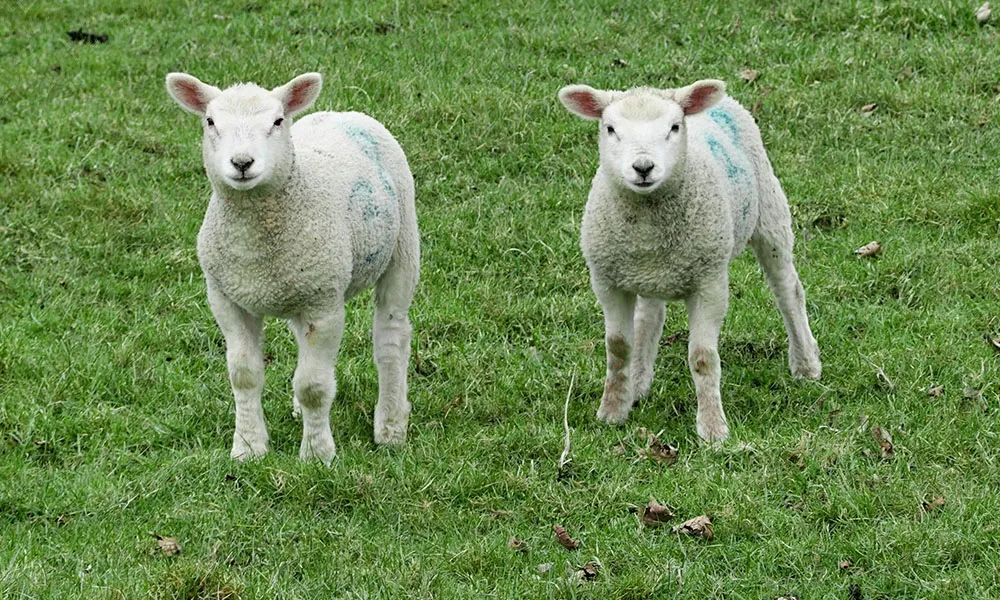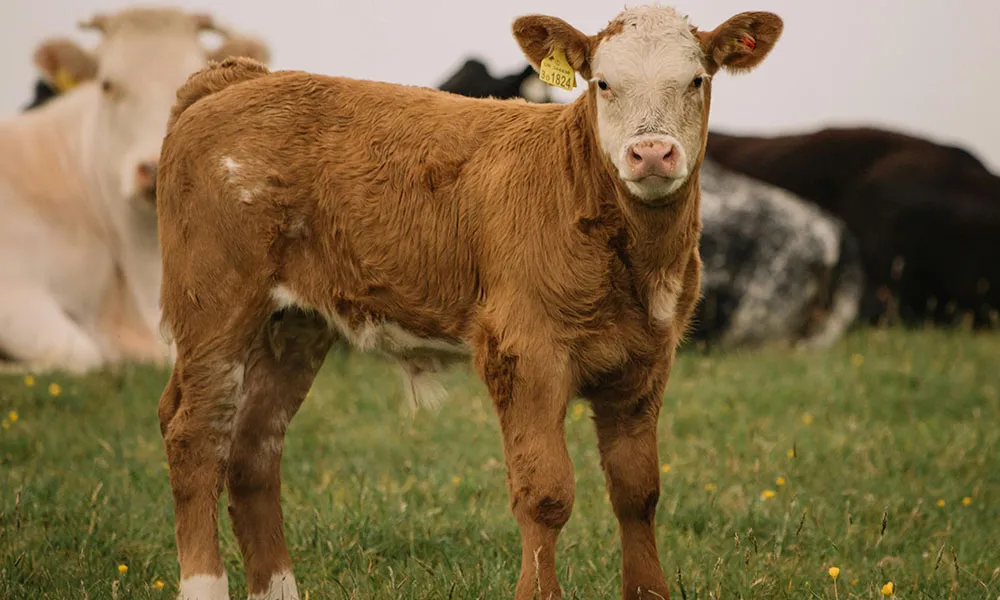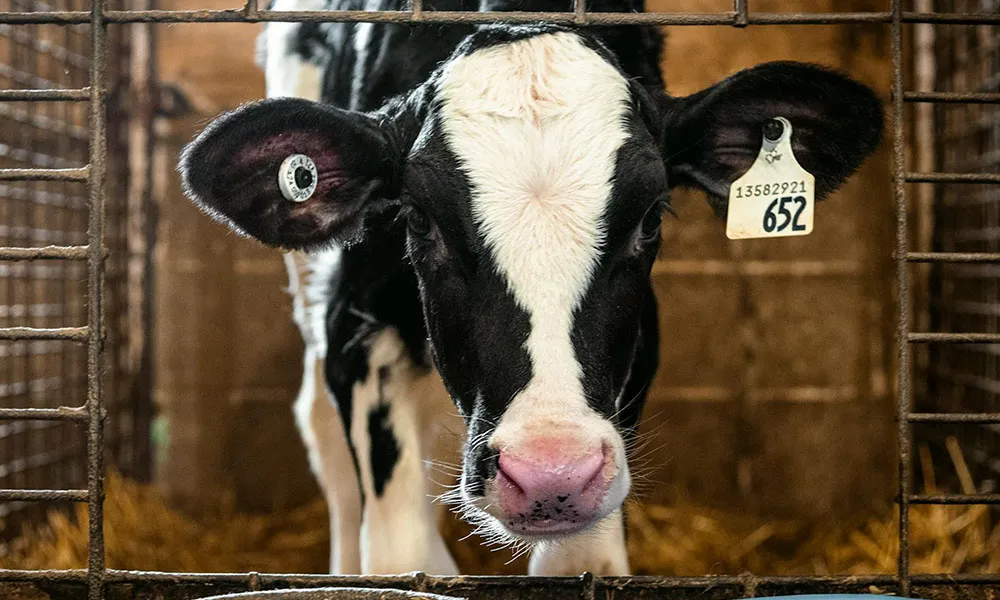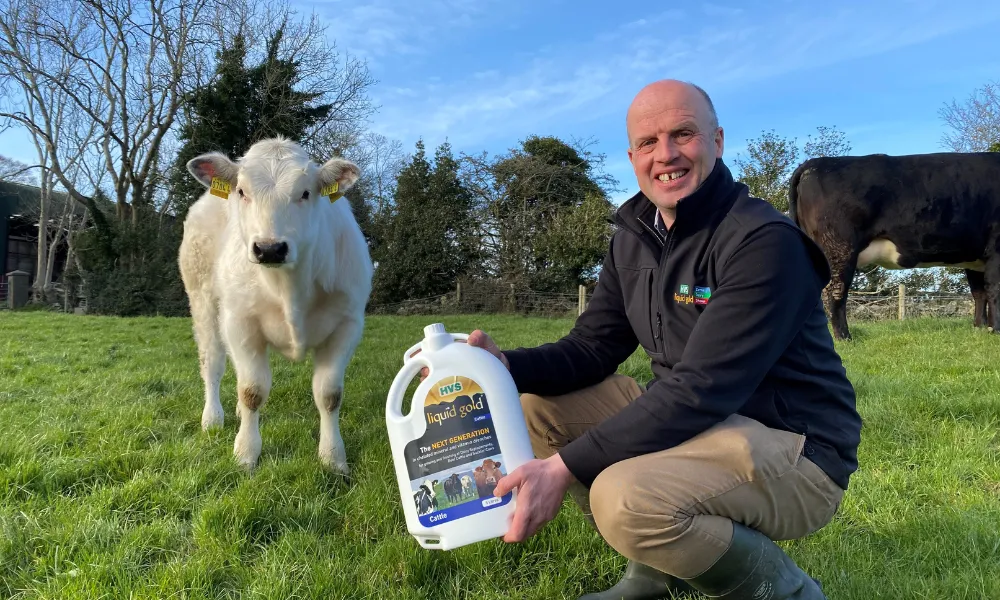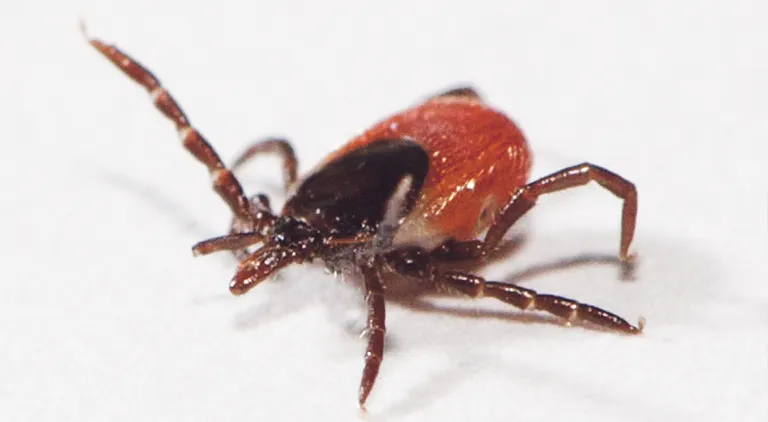
It is estimated that losses due to the agricultural industry due to Redwater disease in cattle amount almost €10 million annually.
This is quite a high price caused by two small parasites.
The first enemy is an infected tick, Ixodes ricinus, who sucks the blood of livestock and injects another parasite, Babesia divergens, into the blood stream.
The effects of this second ‘redwater parasite’ is devastating and life threatening.
Red blood cells in the stricken animal are rapidly divided, causing severe anaemia, diarrhoea and dullness.
Early detection is essential to survival.
Signs of Redwater infection in cattle:
Early signs of infection can range from mild to extreme depending on the animal. It is therefore important to check your herd regularly and know you animals well enough to notice any unusual behaviour. If an animal is not standing up as you draw near, if the heart is pounding or just appears to be ‘off colour’, it is wise to give extra attention and to call the vet as early as possible.
The signature urine colour from Redwater disease may vary in hue from red to black and may be described as ‘frothy’. This is a clear indication that the blood is not carrying enough oxygen.
Watch out for fever and reduced appetite and general debilitation in animals. The typical incubation period for the disease is two to three weeks from the bite of the infected tick. If the disease remains undetected and untreated the later signs include staggering, weakness, jaundice in the gums and skin colour (yellowish hue). If in doubt, call your vet immediately. Red urine can be a sign of other conditions, but early diagnosis and veterinary treatment are key to survival.
Prevention:
Aim to prevent tick bites. There is no doubt that prevention is better than cure.
In areas where the conditions are endemic it may be useful to improve the land quality by reseeding and reclamation. Tick habitat is usually areas of overgrown scrub land with gorse, ferns and bracken. But ticks still be present in reclaimed fields, and sporadic outbreaks can still happen.
Well managed grasslands reduce the risks.
When the tick leaves the vegetation to seek a host, it is very vulnerable to environmental conditions — particularly to drying out. Ticks tend to avoid seeking hosts in hot, dry periods. Traditionally, the highest risk periods are in late spring, early summer (April, May), and in autumn (August-October).
However, Redwater can occur throughout the year if climatic conditions are suitable. It makes sense to avoid grazing cattle on tick-infested areas at the height of peaks of tick activity in spring and autumn. If you need to use this land, home-bred stock is probably your best option to reduce the chances of Redwater occurrences. Tick control is essential and a product like Bayticol, or similar, is highly effective and long lasting in protecting your herd against bites from infected ticks.
It is important to note that even after treatment, animals should be monitored closely in high risk periods.
Treatment:
Your vet will advise the best options of treatment for affected animals. An injection of imidocarb diproprionate, followed by antibiotics and anti-inflammatory drugs are among the best options. Sometimes, haematinics are used, to stimulate the production of red blood cells, are also administered. In severe cases a blood transfusion may be required.
It is important to note that the meat withdrawal period is 216 days and 21 days for milk when animals are being treated with imidocarb diproprionate. While Redwater disease may be fatal if undetected or untreated, there is no doubt that prompt action on behalf of farmers can decrease the damage caused by these nasty parasites.
Vigilance is essential. It is interesting to note that in endemic areas calves under about six months tend not to develop the disease due to maternal antibodies and age specific factors. They exhibit some natural resistance and this explains why many closed herds in heavily infested are rarely affected. However, animals older than six to nine months are highly susceptible when introduced from a non-endemic area into a high risk landscape.
Awareness and a sensible approach to prevention and early detection will ensure good herd health.
Grazing cattle need checking at least daily, and twice daily in the peak tick seasons.
Redwater can be a controllable threat with the right approach.





